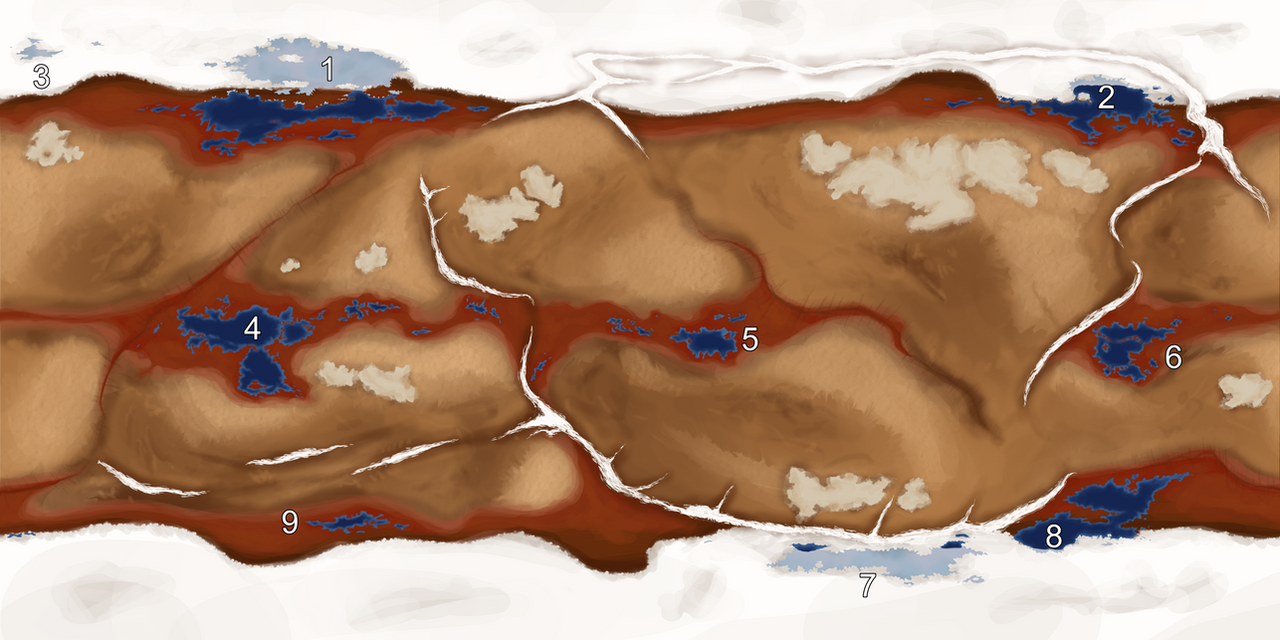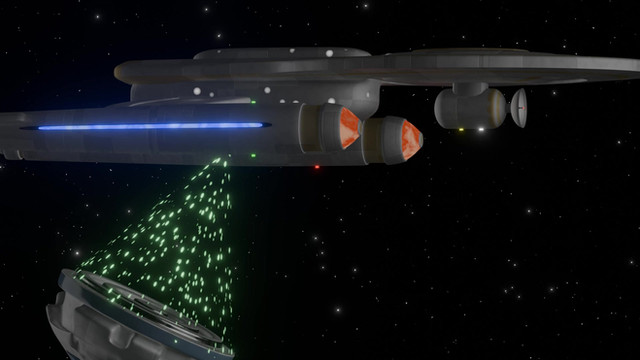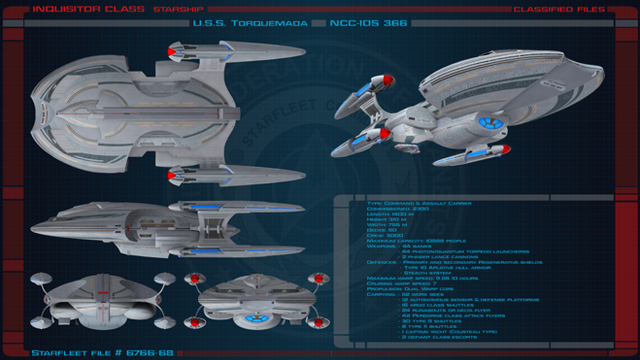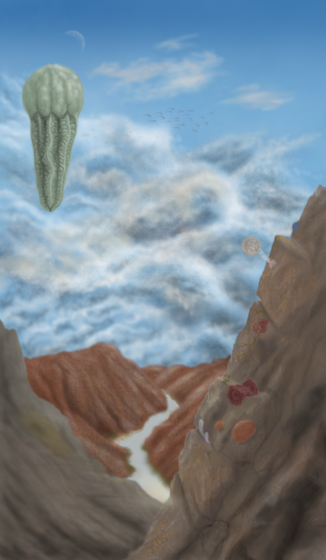HOME | DD
 Tree-Sparrow — A Dying World
Tree-Sparrow — A Dying World

#alien #astrobiology #cerberus #evolution #exobiology #exoplanet #extraterrestrial #life #planet #scifi #space #speculative #xenobiology
Published: 2020-03-19 00:38:07 +0000 UTC; Views: 3653; Favourites: 48; Downloads: 0
Redirect to original
Description
An equirectangular projection of Cerberus' surface.The surface of Cerberus is split into 7 main latitudinal bands. The three red-coloured bands are the bands of habitability on the planet's surface. These bands have been separated from one another for over 275 million years, and life in each habitable band has traveled along unique evolutionary paths throughout this time, with minimal exchange of species.
Cerberus has 22 seas.
1. The Ater Mare (also known as the Blackshore Sea) is the largest of Cerberus' northern seas. It is divided in two by a narrow passage known as the Mendel Fretum.
2. Nix Mare is the second sea within the northern habitable band.
3. Nuriel Lacus is a large, permanently-frozen lake close to the north pole of Cerberus. It is similar to (but larger than) lake Vostok in Antarctica on Earth.
4. The Geminus Mare is the largest (by surface area) sea on Cerberus. It is separated into two by a narrow passage called the Wallace Fretum.
5. The Vacuus Mare is the smallest of Cerberus' seas.
6. The Pompeii Mare (also known as the Thermovolcanic Sea) is the deepest of Cerberus' seas, and sits atop a large depression in Cerberus' crust. Here, thousands of volcanoes remain active. Hydrothermal systems cover large portions of the sea floor, while mud volcanoes bubble at the shorelines.
7. Impius Mare is a permanently-frozen sea beneath the southern ice cap.
8. Hydra Mare is often referred to as the sister-sea of the Impius Mare, having separated from one another recently in Cerberus' geological history. As such, the native fauna of the two seas are closely related.
9. Draco Lacus is a large body of hyper saline water in the southern habitable band.
Many of Cerberus' seas have fully dried out due to a lack of rainfall replenishing the water lost to evaporation. These remain today only as a scattered selection of salt pans throughout the deserts of Cerberus. These are the white-brown sea-like features strewn across the exoplanet's surface.


























